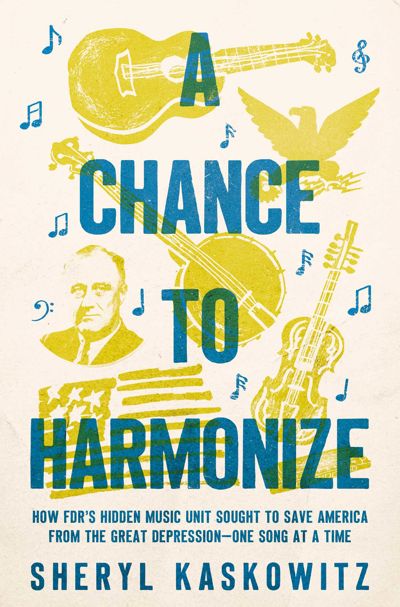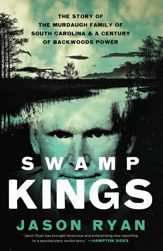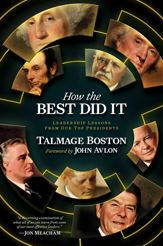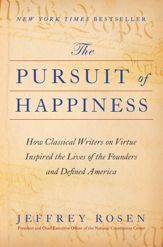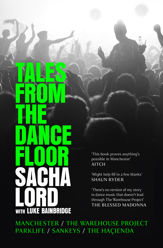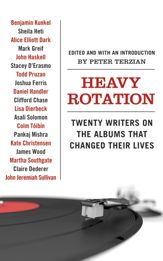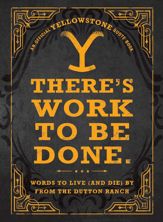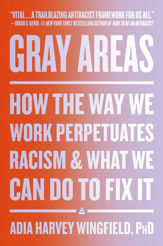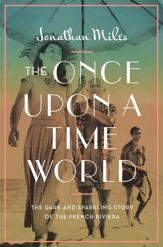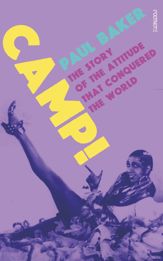“The first full-length study of one of the New Deal’s most ambitious cultural initiatives. A Chance to Harmonize, as well as giving a picaresque account of a remarkable archival project, offers a corrective to the male-dominated narratives of the folk-song field. So much of what we know of American grassroots music, now a cherished part of our national heritage, comes from the efforts of these unheralded pioneers, who worked in the field and on the fly. A Chance to Harmonize, at last, gives them their due.”
Description
The remarkable story of a hidden New Deal program that tried to change America and end the Great Depression using folk music, laying the groundwork for the folk revival and having a lasting impact on American culture.
In 1934, the Great Depression had destroyed the US economy, leaving residents poverty-stricken. First Lady Eleanor Roosevelt urged President Roosevelt to take radical action to help those hit hardest—Appalachian miners and mill workers stranded after factories closed, city dwellers with no hope of getting work, farmers whose land had failed. They set up government homesteads in rural areas across the country, an experiment in cooperative living where people could start over. To boost morale and encourage the homesteaders to find community in their own traditions, the administration brought in artists to lead group activities—including folk music.
As part of a music unit led by Charles Seeger (father of Pete), staffer Sidney Robertson traveled the country to record hundreds of folk songs. Music leaders, most notably Margaret Valiant, were sent to homesteads to use the collected songs to foster community and cooperation. Working almost entirely (and purposely) under the radar, the music unit would collect more than 800 songs and operate for nearly two years, until they were shut down under fire from a conservative coalition in Congress that deemed the entire homestead enterprise dangerously “socialistic."
Despite its early demise, the music unit proved that music can provide hope and a sense of belonging even in the darkest times. It also laid the groundwork for the folk revival that followed, seeing the rise of artists like Woody Guthrie, Pete Seeger, Odetta, and Bob Dylan.
Award-winning author and Harvard-trained American music scholar Sheryl Kaskowitz has had the unique opportunity to listen to the music unit’s entire collection of recordings and examine a trove of archival materials, some of which have never been made available to the public.
A Chance To Harmonize reveals this untold story and will delight readers with the revelation of a new and previously undiscovered chapter in American cultural history.
Reviews
“Kaskowitz offers a spellbinding account of the New Deal’s Music Unit, a 1930s government project that aimed to foster solidarity among out-of-work Americans through folk music. Kaskowitz backgrounds the bureaucratic maneuvering and evolving ideology of the Music Unit with a sweeping on-the-ground narrative of the Great Depression’s hardest hit regions. It’s an exhilarating slice of American history.”
“Kaskowitz tells the fascinating and largely forgotten story of the ‘music unit,’ a New Deal initiative that was both short-lived and under-the-radar. Aficionados of American music will be familiar with the work of Alan Lomax, head of the Archive of American Folk Song, who sent a team to California to record the songs of Dust Bowl refugees living in work camps. Kaskowitz shows us that the music unit was a direct precursor to Lomax and a missing link in the birth of the American folk music revival.”
"Who knew that a book about government bureaucracy could create such an incredible adventure story? Sheryl Kaskowitz manages to do just that. Captivatingly written and exhaustively researched, A Chance to Harmonize brilliantly illuminates this critical yet often overlooked moment in American cultural history."
